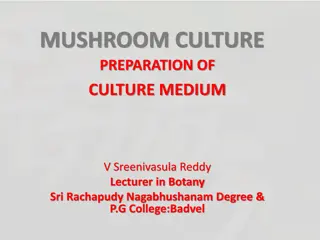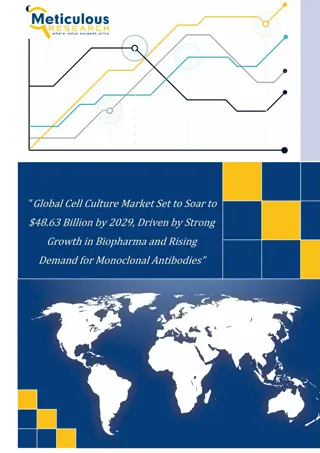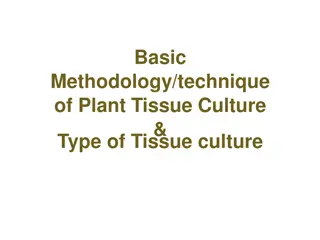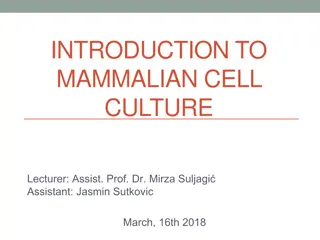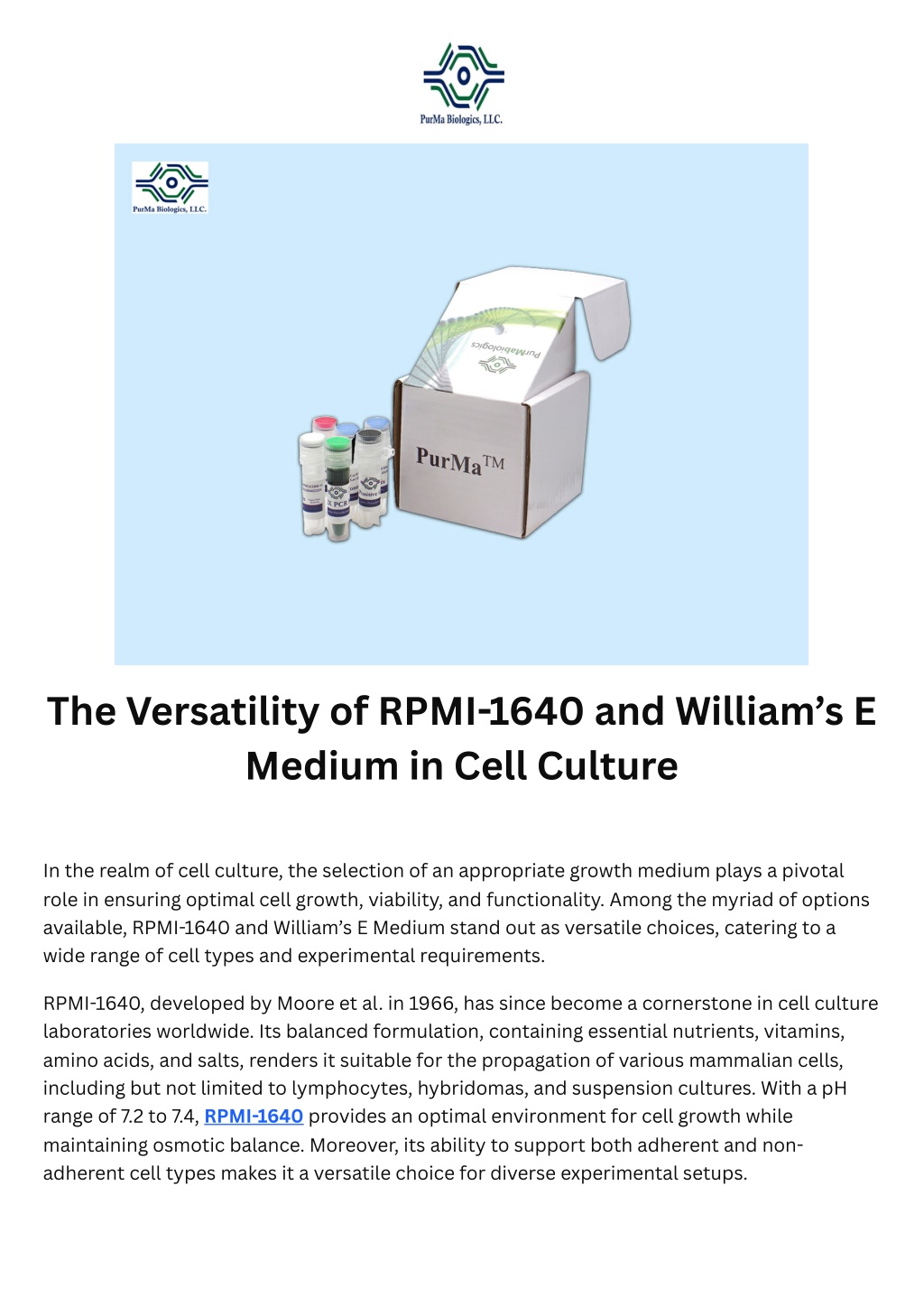
The Versatility of RPMI-1640 and William’s E Medium in Cell Culture
In the realm of cell culture, the selection of an appropriate growth medium plays a pivotal role in ensuring optimal cell growth, viability, and functionality.nn//purmabiologics.com/products/n
Download Presentation

Please find below an Image/Link to download the presentation.
The content on the website is provided AS IS for your information and personal use only. It may not be sold, licensed, or shared on other websites without obtaining consent from the author. Download presentation by click this link. If you encounter any issues during the download, it is possible that the publisher has removed the file from their server.
E N D
Presentation Transcript
The Versatility of RPMI-1640 and Williams E Medium in Cell Culture In the realm of cell culture, the selection of an appropriate growth medium plays a pivotal role in ensuring optimal cell growth, viability, and functionality. Among the myriad of options available, RPMI-1640 and William s E Medium stand out as versatile choices, catering to a wide range of cell types and experimental requirements. RPMI-1640, developed by Moore et al. in 1966, has since become a cornerstone in cell culture laboratories worldwide. Its balanced formulation, containing essential nutrients, vitamins, amino acids, and salts, renders it suitable for the propagation of various mammalian cells, including but not limited to lymphocytes, hybridomas, and suspension cultures. With a pH range of 7.2 to 7.4, RPMI-1640 provides an optimal environment for cell growth while maintaining osmotic balance. Moreover, its ability to support both adherent and non- adherent cell types makes it a versatile choice for diverse experimental setups.
In contrast, Williams E Medium, introduced by William et al. in 1955, o?ers a distinct formulation optimized for the cultivation of primary cells and certain established cell lines. With a focus on maintaining physiological pH and osmolarity, William s E Medium provides a nurturing environment conducive to the growth and di?erentiation of cells derived from various tissues, including epithelial, endothelial, and mesenchymal origins. Its composition, enriched with essential nutrients and growth factors, promotes cell viability and function, making it particularly suitable for applications such as tissue engineering and primary cell culture studies. Despite their unique compositions and intended applications, RPMI-1640 and William s E Medium share common attributes that contribute to their widespread adoption in cell culture research. Both media o?er versatility in supporting a broad spectrum of cell types, allowing researchers to streamline their culture protocols and minimize the need for specialized formulations. Furthermore, their compatibility with standard cell culture procedures, such as sub culturing and cryopreservation, simplifies experimental workflows and enhances reproducibility across studies. The choice between RPMI-1640 and William s E Medium often depends on the specific requirements of the experimental system and the nature of the cells under investigation. While RPMI-1640 excels in supporting the growth of immune cells and suspension cultures, William s E Medium is preferred for primary cell culture and applications demanding physiological relevance. However, researchers frequently employ a combination of both media or customize their formulations to meet the unique demands of their experiments, underscoring the adaptability and flexibility inherent in cell culture practices. In conclusion, RPMI-1640 and William s E Medium represent indispensable tools in the arsenal of cell culture researchers, o?ering unparalleled versatility and performance across a
wide range of applications. Whether culturing immune cells in RPMI-1640 or nurturing primary cells in William s E Medium, scientists can rely on these tried-and-tested formulations to provide the optimal conditions for cell growth, maintenance, and experimentation.



